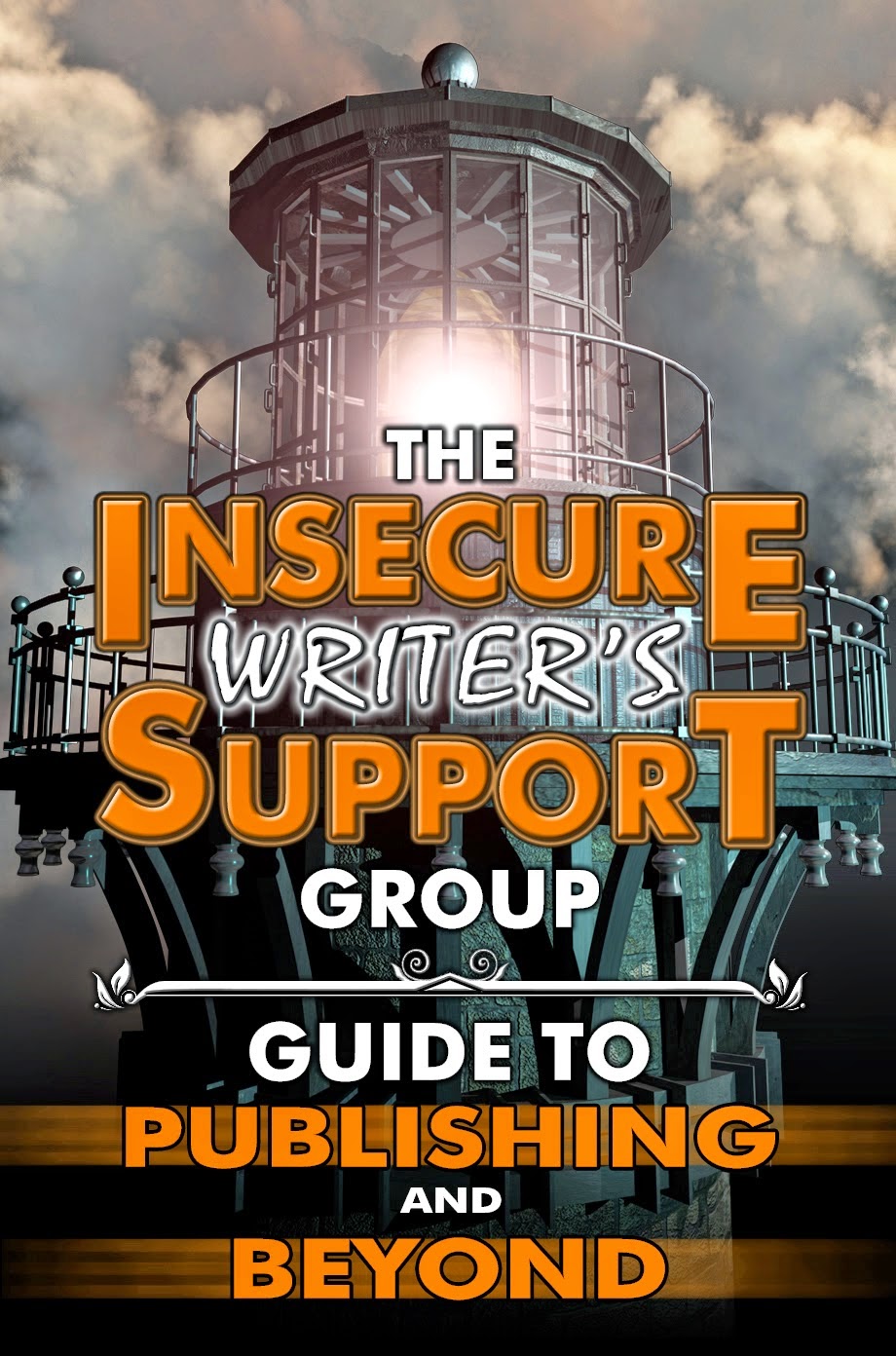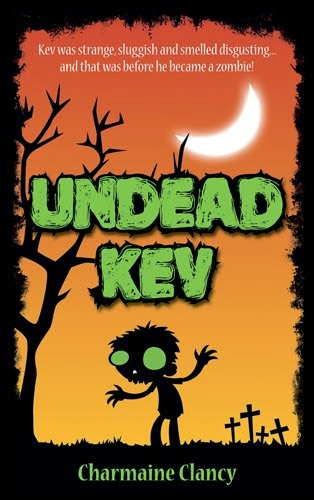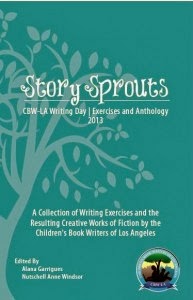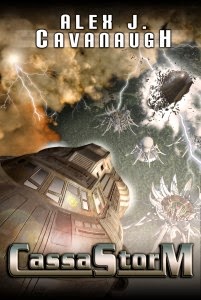
Taking time out this weekend to daydream (someone's go to) so here's part of an interview (the good bits) from the great Japanese writer Haruki Murakami from the New York Times:
I read a lot from the time I was a little kid, and I got so deeply into the worlds of the novels I was reading that it would be a lie if I said I never felt like writing anything. But I never believed I had the talent to write fiction. In my teens I loved writers like Dostoyevsky, Kafka and Balzac, but I never imagined I could write anything that would measure up to the works they left us. And so, at an early age, I simply gave up any hope of writing fiction. I would continue to read books as a hobby, I decided, and look elsewhere for a way to make a living.
When I turned 29, all of a sudden out of nowhere I got this feeling that I wanted to write a novel — that I could do it. I couldn’t write anything that measured up to Dostoyevsky or Balzac, of course, but I told myself it didn’t matter. I didn’t have to become a literary giant. Still, I had no idea how to go about writing a novel or what to write about. I had absolutely no experience, after all, and no ready-made style at my disposal. I didn’t know anyone who could teach me how to do it, or even friends I could talk with about literature. My only thought at that point was how wonderful it would be if I could write like playing an instrument.
One of my all-time favorite jazz pianists is Thelonious Monk. Once, when someone asked him how he managed to get a certain special sound out of the piano, Monk pointed to the keyboard and said: “It can’t be any new note. When you look at the keyboard, all the notes are there already. But if you mean a note enough, it will sound different. You got to pick the notes you really mean!”
For the full interview and lots more cool stuff I've been assembling from all over the web, please visit 'The Funnily Enough'. Inspiration, amusement, rare gems and brilliant ideas — all for writers.

































































































